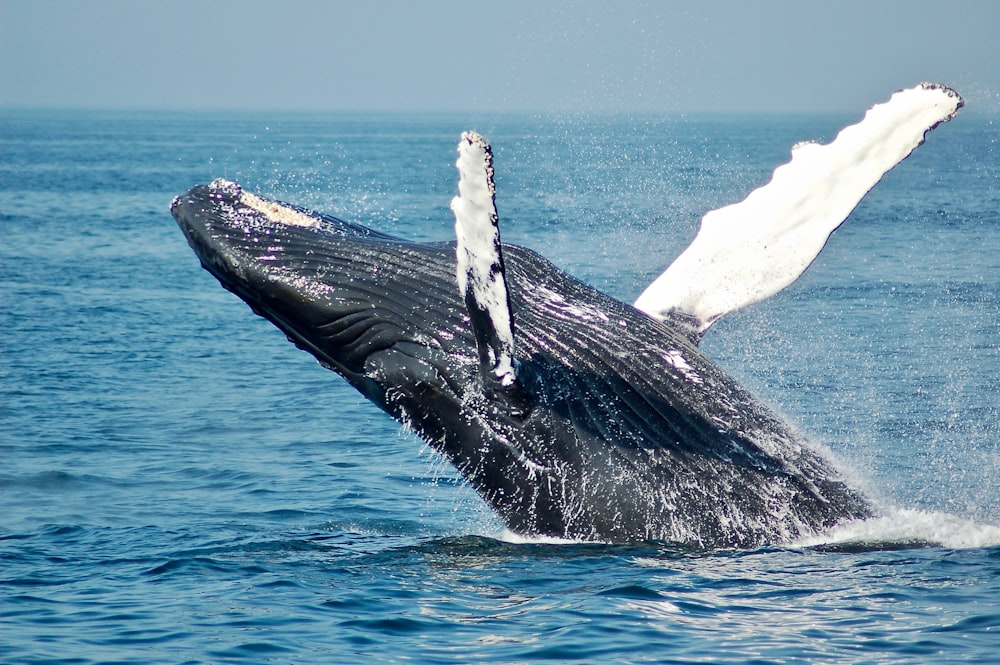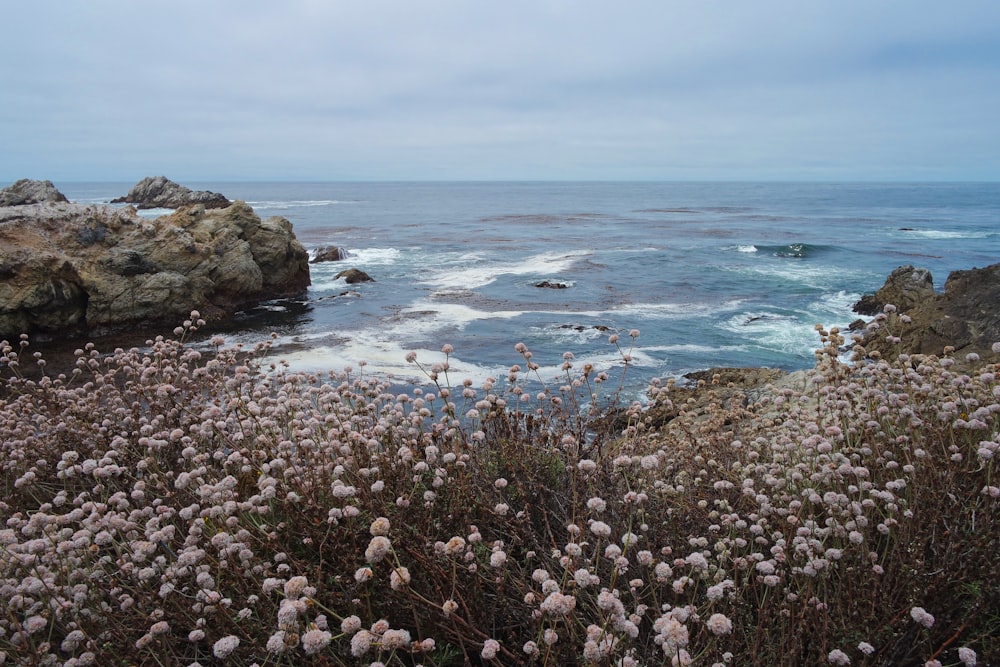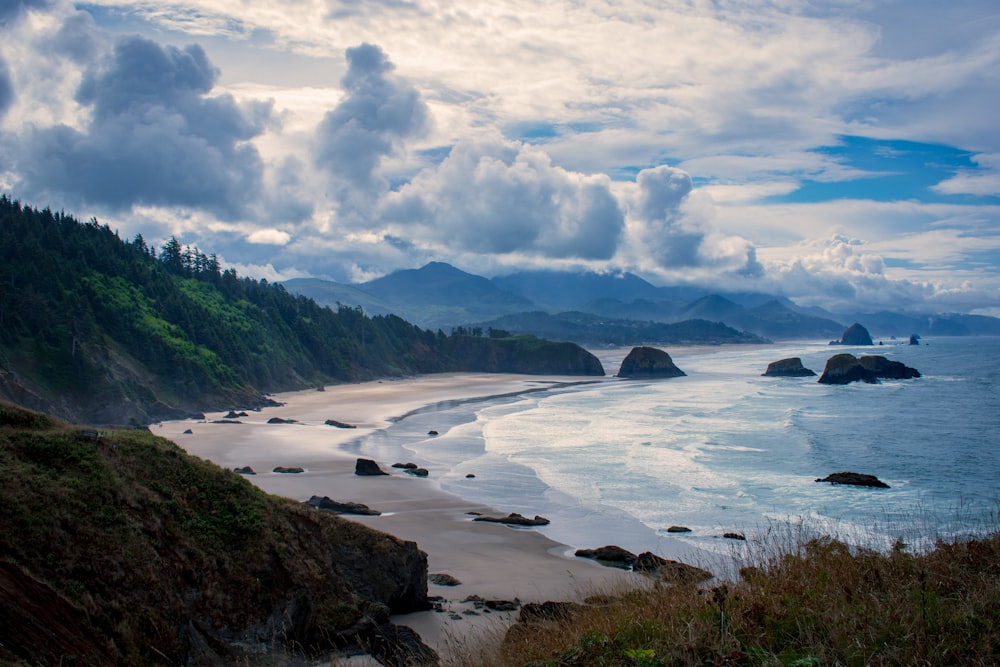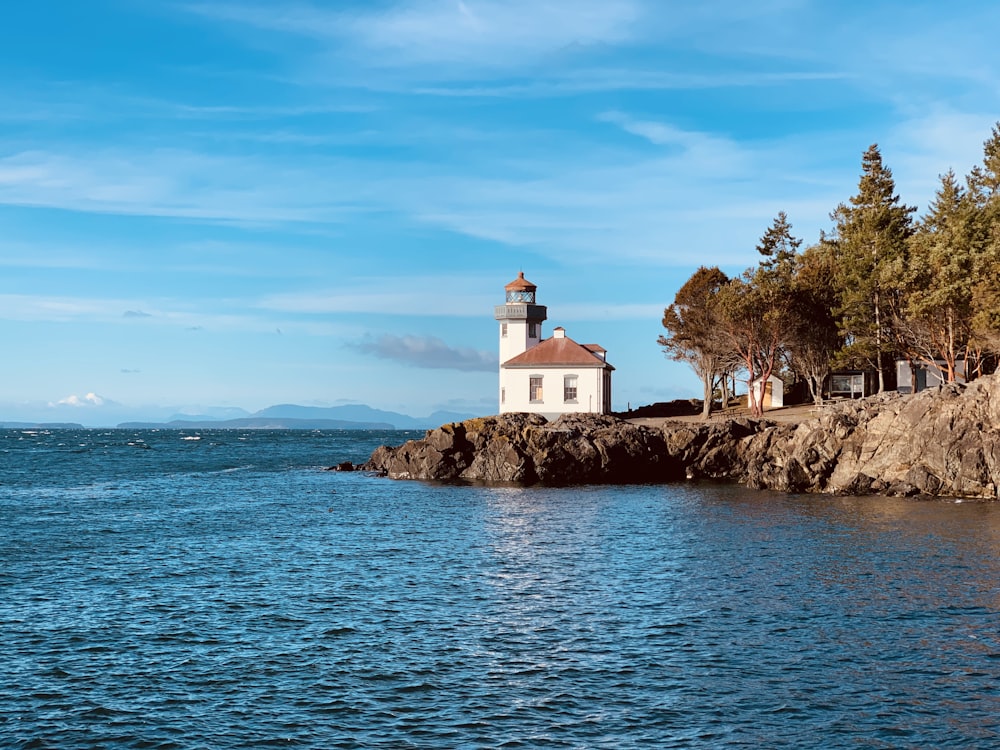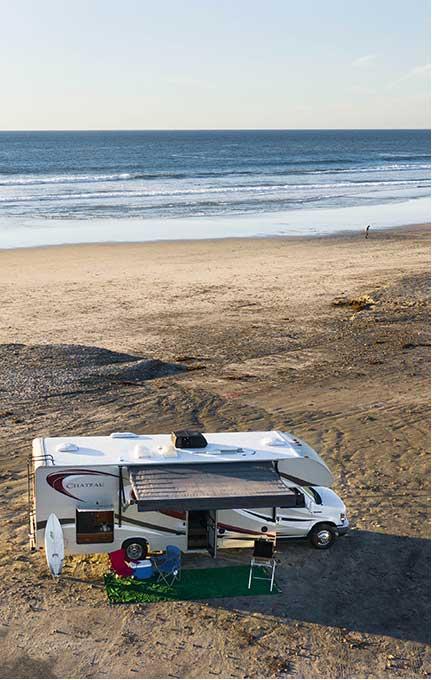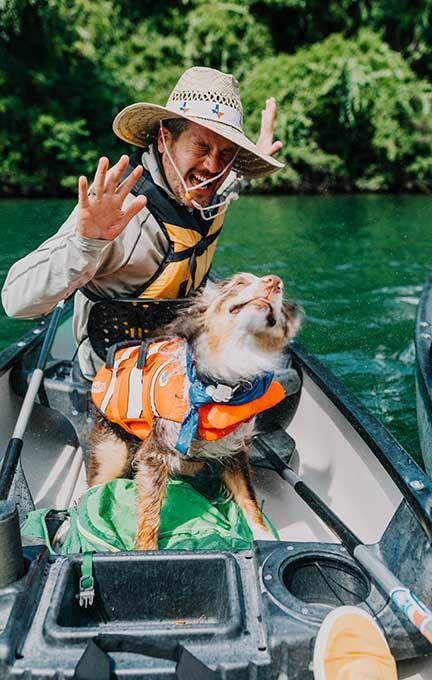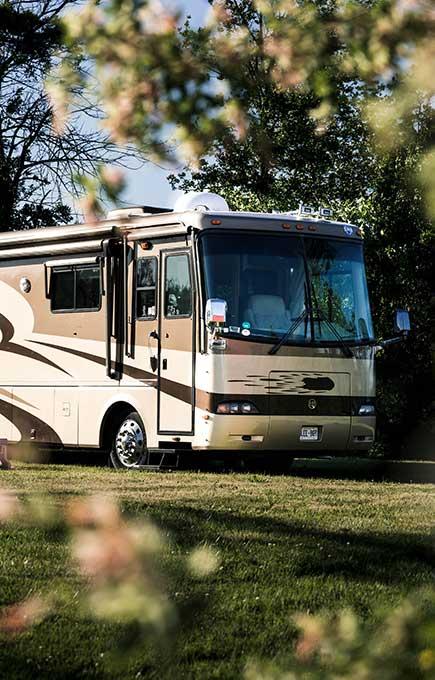Nothing is quite as awe-inspiring as seeing a whale in the wild. Luckily for those living in the United States, some of the best whale watching locations in the world are situated along the West Coast. The Northeastern Pacific Ocean hosts an impressive diversity of whales and dolphins, from little harbor porpoises to titanic blue whales. The celebrity is the gray whale, which migrates between Baja California and Alaska every year; the grays often pass close to shore on their 10,000-mile odyssey. Humpbacks, blues, orcas, and other whales are also commonly seen.
In short, there’s plenty to spot in the West Coast’s nearshore waters without ever stepping into a boat. Here’s a roundup of some of the best shore-based vantages for viewing West Coast leviathans, with your RV as your own personal whale-watching vessel!
1. Cabrillo National Monument, California
Set at the foot of San Diego’s Point Loma Peninsula, Cabrillo National Monument— the site of the first European landfall on the West Coast— makes a premier site for witnessing the southbound migration of gray whales in winter. The Whale Overlook and Old Point Loma Lighthouse are especially fruitful viewpoints.
Best time to whale watch at Cabrillo National Monument: Mid-December through March; peak migration time is mid-January
2. Point Lobos State Reserve, California
Point Lobos is just south of the marine bonanza that is Monterey Bay and is within easy reach of many California RV parks. This state reserve is among the West Coast’s most productive and outright gorgeous whale-watching perches. Scout for migrating grays in spring and autumn, and, in summer, humpbacks and blues drawn to baitfish and plankton schools.
Best time to whale watch at Point Lobos State Reserve: March through November; peak sightings during July and August
3. Cape Perpetua, Oregon
Looming better than 800 feet above wild Pacific surf, Cape Perpetua is the loftiest headland accessible by vehicle on the immediate Oregon coast. When it’s clear, you can see nearly 40 miles offshore and up and down some 70 miles of rugged shoreline.
Best time to whale watch at Cape Perpetua: Gray whales can be seen from November through January and March through April; humpback whales make an appearance in spring and summer.
4. Depoe Bay, Oregon
Home to the Whale Watching Center run by Oregon State Parks, the charming little hub of Depoe Bay is whale-watching central on the Beaver State’s breathtaking Pacific margin.
In addition to those migrating past in spring and autumn, a semi-resident population of gray whales often hangs out in the small cove here in summer to munch mysid shrimp.
Best time to whale watch in Depoe Bay: Mid-December to February and March to June
5. Lime Kiln Point State Park, Washington
This historic park on San Juan Island’s western coast is one of the globe’s best places for viewing orcas from land. It’s not uncommon to see these fleet, acrobatic hunters within a few dozen feet of the shore.
Best time to whale watch at Lime Kiln Point State Park: Mid-May to mid-October
Tips for Whale Watching
When setting out on a whale watching journey, keep these tips in mind.
- Wait for the right conditions, if possible. For all these sites, certain weather and ocean conditions, like overcast skies and calm, flatwater improve your chances of spotting whales. Choppy seas can hide whale spouts, while sunlight can create glares and glimmers that make it hard to see.
- Be on the lookout for boats. Sometimes finding a boat that is whale watching is easier than finding the whale yourself. If a tour boat is stopped, it’s likely because there was a whale spotted in that area!
- Look for spouts, dorsal fins, and tail flukes. These are the three main things you’ll be looking for out in the water. Many times, you can identify the whale species just by one of these. Websites like the B.C. Cetacean Sightings Network have helpful photos and guides that can help you identify what you see.
- Be patient. Don’t expect to see a whale every minute of your whale watching journey. You might spot dozens, or you may see none. Take the time on your trip to enjoy your surroundings, learn about the marine habitat, and celebrate what you do see.
And, as with any wildlife viewing experience, be respectful of your surroundings and the creatures. Always practice Leave No Trace principles and leave the area nicer than you found it.
Ready for your whale watching journey?
The West Coast of the United States ranks among the great whale-watching sea coasts in the world. Why visit just one when you can visit them all! With a California RV rental, you’ve got the perfect setup for a whale-watching road trip up this dazzling Pacific shore.




